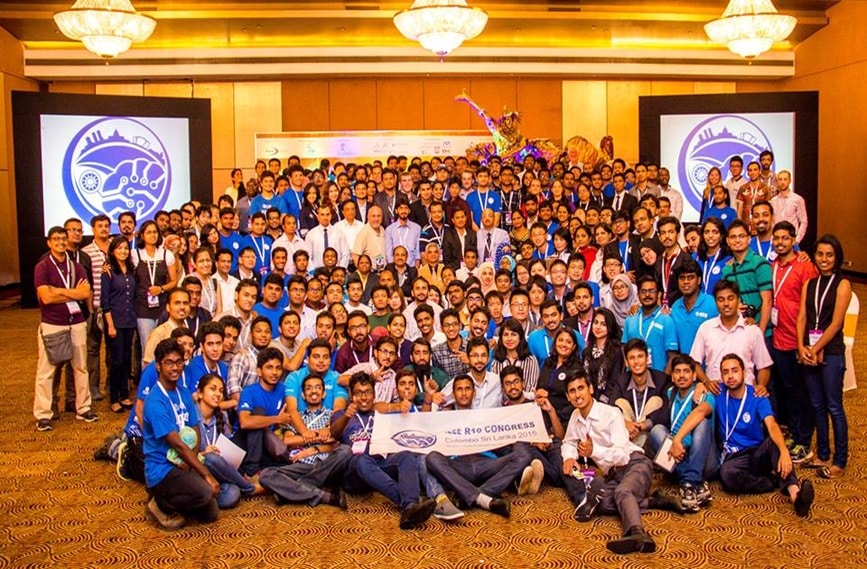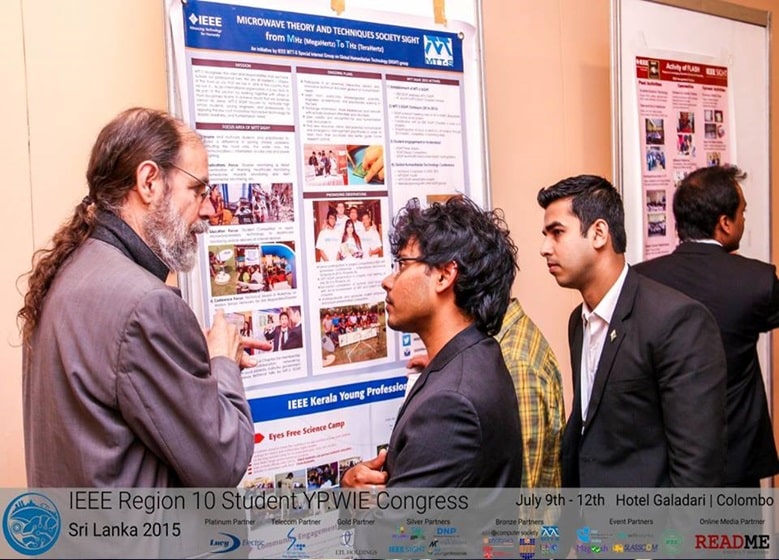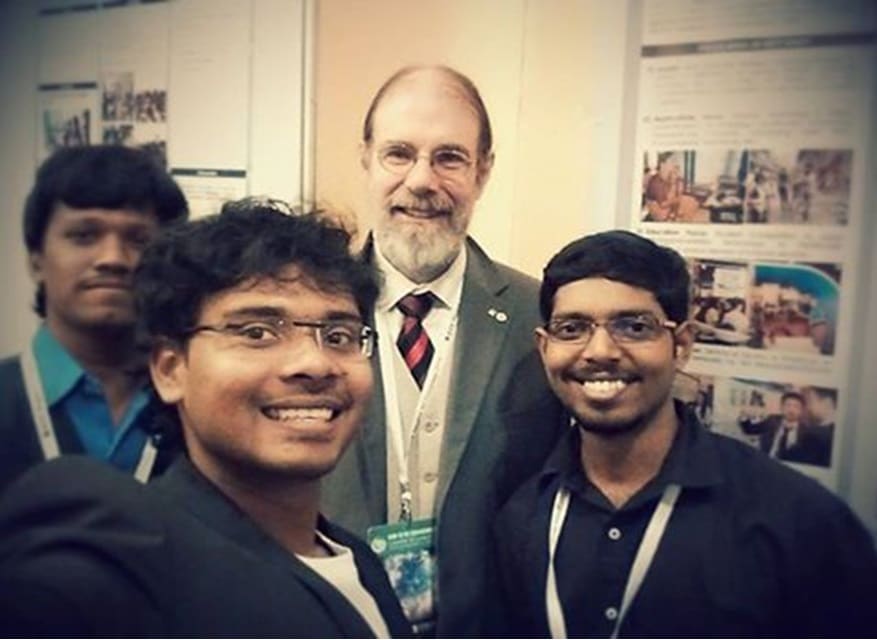11:44 BST
The third edition of the prestigious IEEE Region 10 Student/ Young Professionals/ Women in Engineering Congress 2015 was held Colombo, Sri Lanka from 9th July to 12th July, 2015. The congress began on a high note with the first ever IEEE Cricket league played between different sections. This fostered a sense of healthy competitive spirit among all the delegates of the Asia Pacific region. This was followed by an ice breaking session where people from different sections mingled and got a chance to know each other. On the night of Day 1, the congress was officially declared open by Dr. Ramakrishna Kappagantu, Director, IEEE Region 10 who warmly welcomed all the guests and delegates.

The Microwave Theory and Techniques society hosted a special session on students and young professionals engagement in the society. Tushar Sharma, Member, image and Visibility committee spoke at length about the initiatives of the MTT society and how beneficial it is. He shared the core vision of the society which is to foster the advancement and application of RF and microwave theory and techniques. MTTS involves all the three type of member’s i.e. student members by encouraging them to set up student branch chapters, young professional’s engagement through conferences and workshops, and women in microwave by taking initiatives to involve them in the fields of RF and microwave.

The society plans launching Young Professionals in Microwave plan with focus of recruiting volunteers and industry professionals from different parts of the world. This point struck a personal chord with the audience as each one of them could find some benefit in joining MTTS. He talked about the student activities conducted by MTTS, some of them being: Summer grants program, Undergraduate and graduate scholarships, Distinguish Microwave Lecture Program, Education Activities and Conferences and workshop. He also spoke about the various volunteering opportunities through which one can create an impact on the society. He shared success stories how locally some chapters were able to have an phenomenal impact through IEEE MTTS-NASA and Stanford collaboration for research programmes as well as the IEEE- MTTS STAR(Students Teachers and Researchers) program. He also talked about the numerous funding opportunities available in MTTS be it in the form of Undergraduate/PHD scholarships or 1000$ that MTTS gives every year for Chapter activity support. Tushar Sharma explained the audience as to how to use MTTS efficiently for technical projects, industrial visits, microwave symposiums, and forming Special Interest Groups. The deadline for undergraduate and graduate scholarships for upcoming year is October 15, 2015 and can be found at https://www.mtt.org/students.html.

IEEE SIGHT This was followed by a small talk on IEEE MTTS SIGHT and its initiatives. Tushar spoke about the upcoming SIGHT panel sessions, design competitions, and amateur radio classes to be hosted in International Microwave and RF conference (IMARC 2015) in Hyderabad which will be held on 10th December, 2015. The objective of this event is to motivate high school students, young engineers, professionals to apply low cost innovative microwave technology for disaster readiness and humanitarian needs. IEEE MTT-S SIGHT has also started the concept of Makaton’s:- The technical Marathon where the teams have to identify problems faced at the local level and to “make something” to solve that problem.

The IEEE MTT society stall also saw a lot of crowd with many interested students coming forth and talking about their problems with Mr. Tushar Sharma. This Congress proved to be the perfect platform for MTTS to increase their visibility and enlighten the delegates about its resourcefulness. On the last night of the congress, a cultural night was organized so that delegates could have a better understanding of each other’s culture and admire how big and diverse our world is. Each section put up a cultural performance as well as a stall with various souvenirs from their sections. The prize distribution ceremony took place on the last day of the congress. Feedback was also taken by the organizers so that the organizing committee of the next Congress could take note of these points and organize the Congress on an even better and bigger scale. The congress ended with one last group photograph and a lifetime of memories, collaborations and friendship.
The article was published in IEEE Gold Rush blog by ecustovic